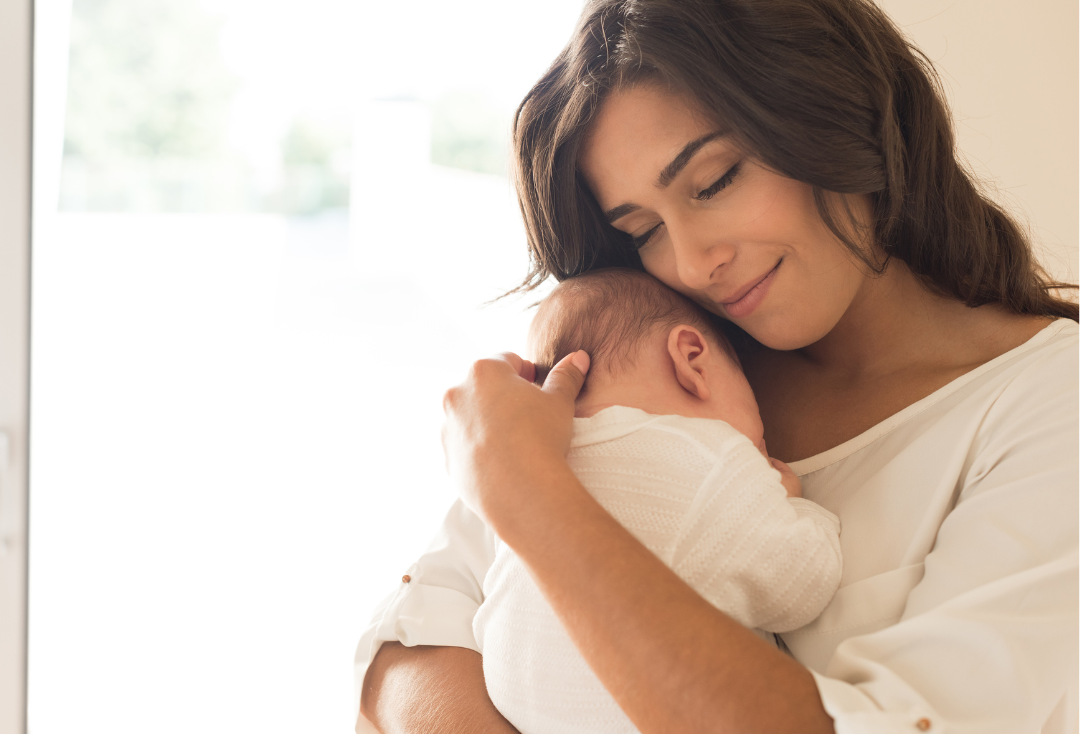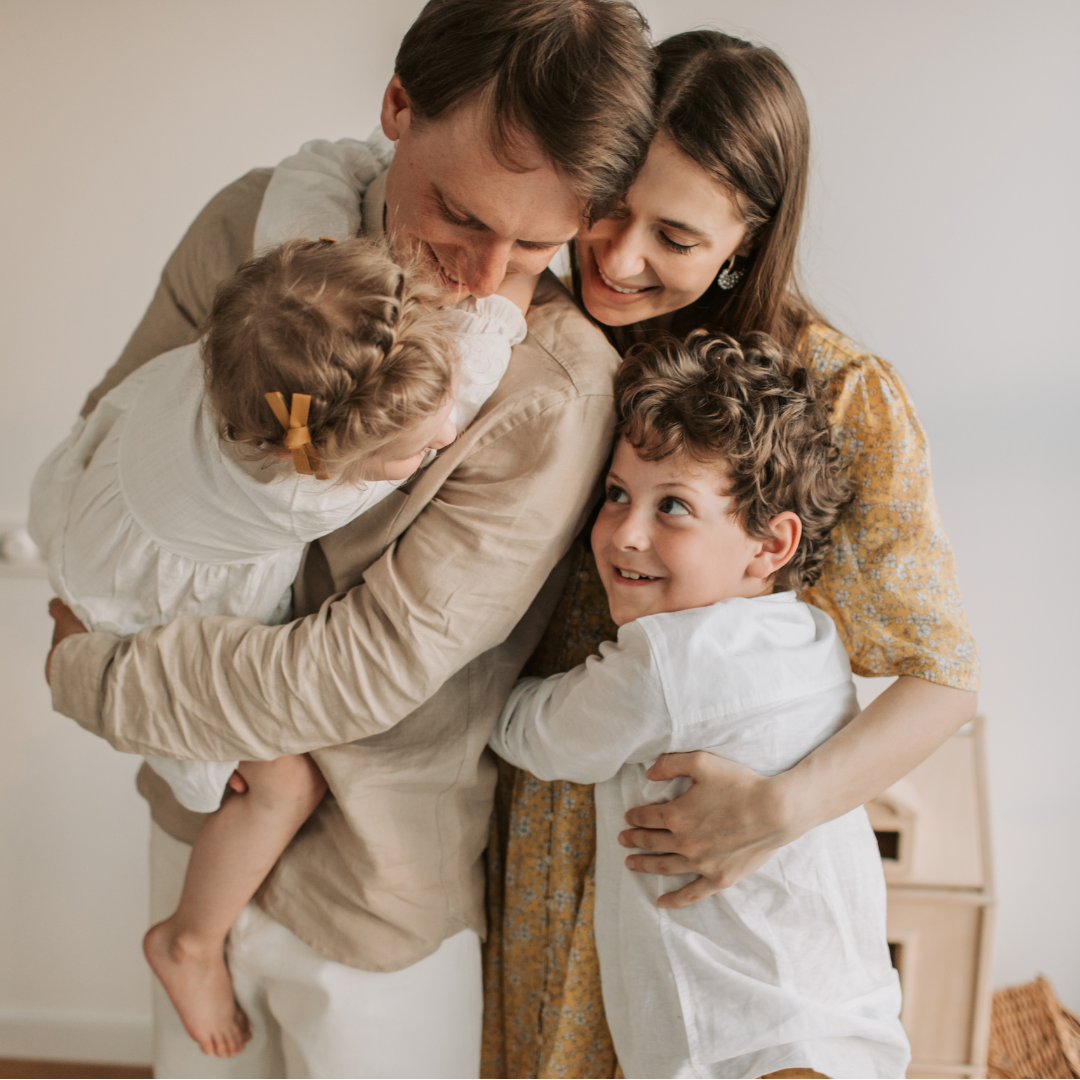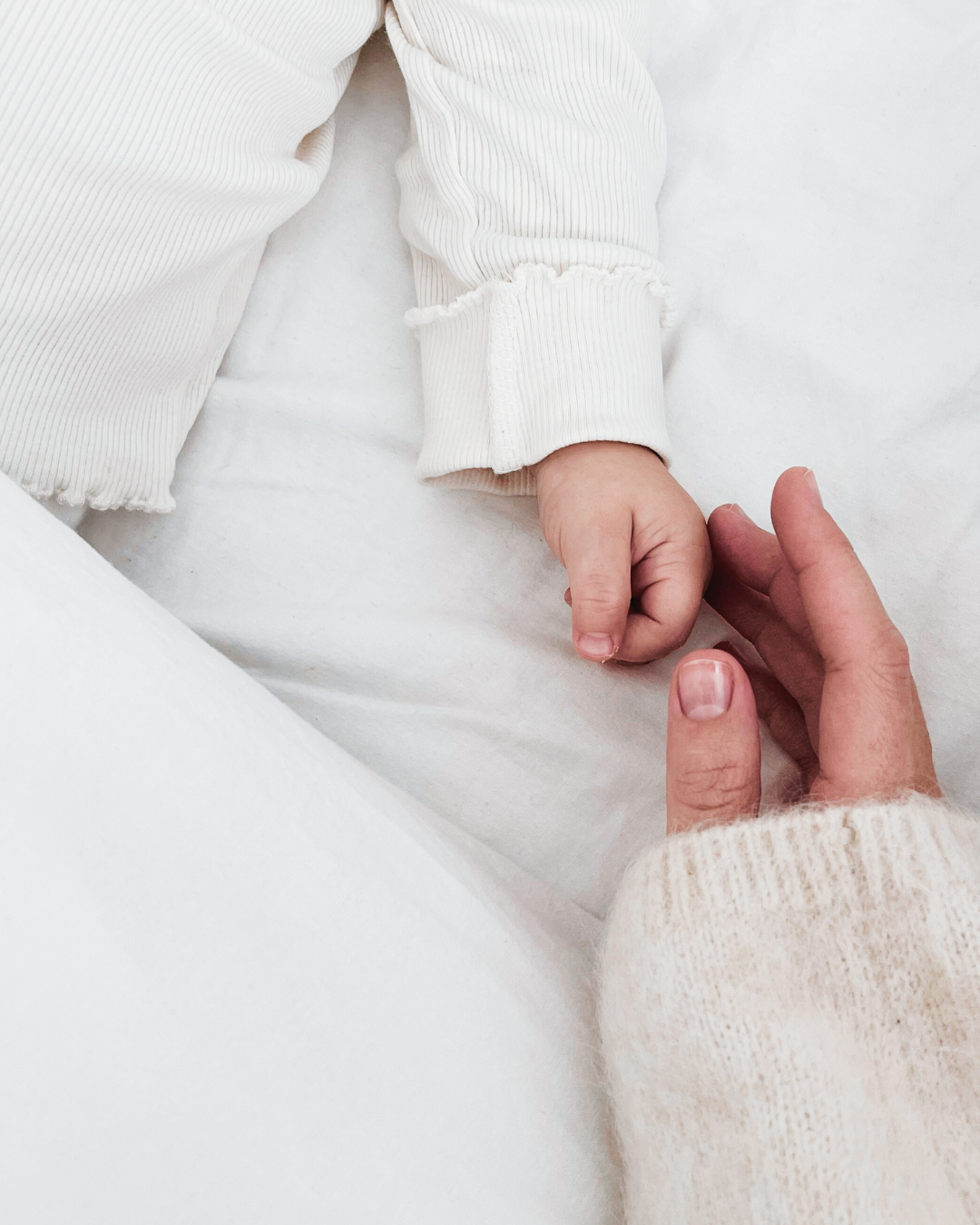Dressing Your Baby for Sleep

As a pediatric sleep consultant, one of the most common concerns parents have is ensuring their baby sleeps comfortably and safely. One crucial aspect of achieving this is dressing your baby appropriately for sleep. In this guide, we'll discuss why dressing your baby for sleep matters, the importance of safety, and provide practical tips for choosing the right sleepwear.
Why Does Dressing Your Baby for Sleep Matter?
The way you dress your baby for sleep can significantly impact their sleep quality and overall well-being. Proper sleep attire helps regulate your baby's body temperature, ensuring they are neither too hot nor too cold. When babies are comfortable in their sleepwear, they are more likely to fall asleep faster, stay asleep longer, and experience restorative sleep.
Safety First: SIDS Prevention
Before we dive into the specifics of dressing your baby for sleep, it's essential to discuss the primary concern when it comes to sleepwear - Sudden Infant Death Syndrome (SIDS). To reduce the risk of SIDS, follow these safety guidelines:
- Back to Sleep: Always place your baby on their back to sleep, both for naps and overnight. This is the safest sleep position and reduces the risk of SIDS.
- Firm Sleep Surface: Ensure your baby sleeps on a firm, flat surface with no soft bedding, pillows, or stuffed animals.
- Room Temperature: Keep your baby's sleep environment at a comfortable temperature, ideally between 68°F and 72°F (20°C to 22°C).
- Sleepwear Considerations: Choose sleepwear that is appropriate for the room temperature to prevent overheating or chilling. Overheating is a known risk factor for SIDS.
Choosing the Right Sleepwear
Now that we've covered the safety essentials, let's discuss how to choose the right sleepwear for your baby:
- Consider the Room Temperature: Use the room temperature as a starting point for selecting sleepwear. In warmer rooms, lightweight, breathable fabrics are best, while colder rooms require warmer layers.
- Layering: Layering is key for maintaining the right temperature. Start with a onesie or a sleep suit as a base layer and add layers as needed.
- Material Matters: Opt for natural, breathable fabrics like cotton. Avoid synthetic materials that can trap heat and moisture.
- Footed vs. Non-Footed: Footed sleepers are great for cooler nights as they keep your baby's feet warm. Non-footed sleepers are versatile and can be paired with socks when needed.
- Sleep Sacks: Sleep sacks are a safe alternative to loose blankets. They provide warmth without the risk of suffocation.
Checking Your Baby's Comfort
Always check your baby's comfort level by feeling their neck or back to ensure they are not too hot or too cold. Sweating, flushed skin, or feeling too warm to the touch are signs of overheating.
Conclusion
Dressing your baby appropriately and safely for sleep is a crucial aspect of promoting healthy sleep habits and reducing the risk of SIDS. By following these guidelines and using common sense, you can create a comfortable and safe sleep environment for your little one. Remember that every baby is unique, so it's essential to adapt your baby's sleepwear to their specific needs and the room temperature. A well-dressed and safe sleep environment will help both you and your baby rest easier at night.
Restful Baby Blog





